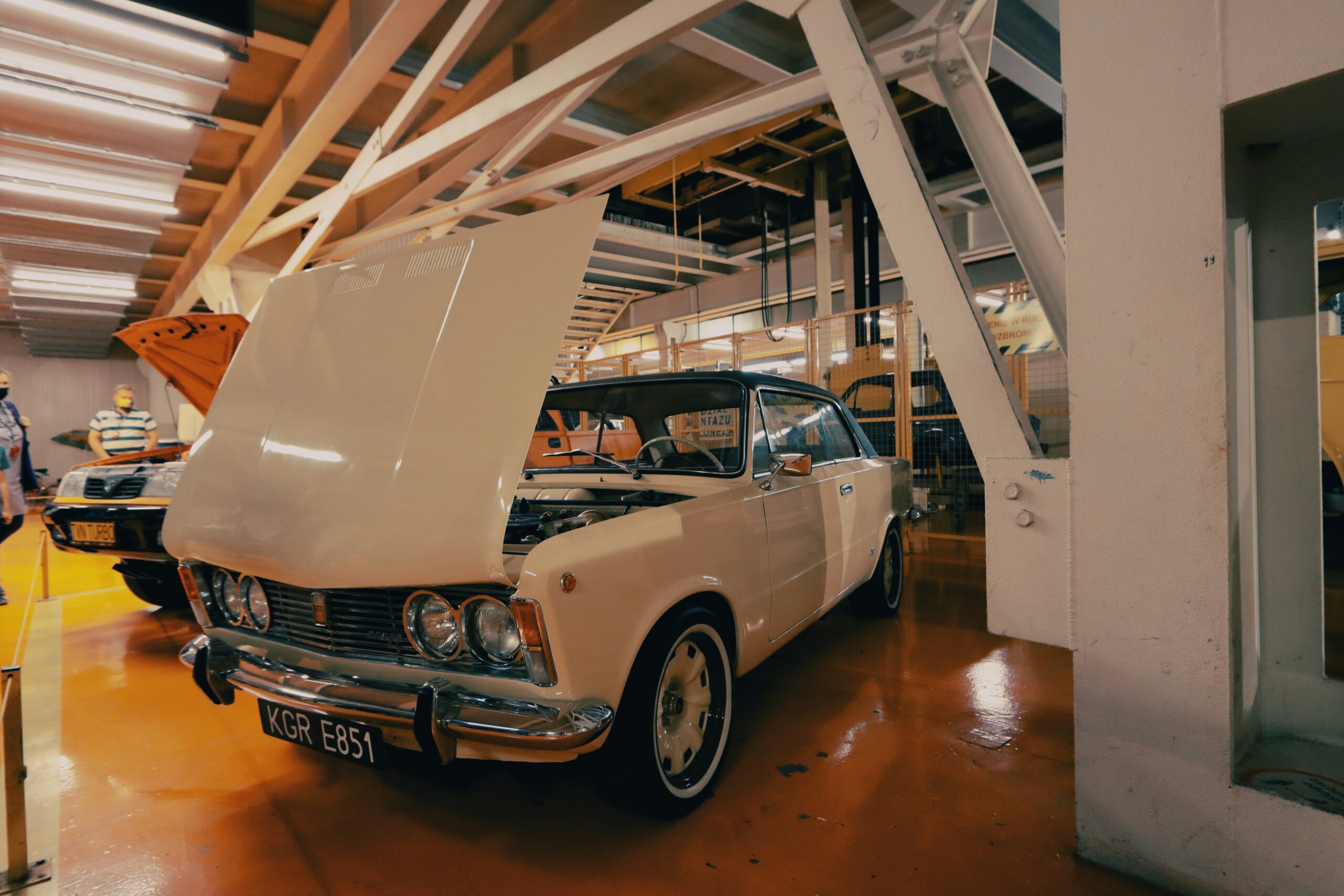Deciding whether to polish or wax your car is a crucial decision every car owner should understand. Polish and wax serve very different purposes: polishing restores the paint, while waxing protects it. If you pick the wrong one (or overdo it), you could damage your clear coat or leave your car vulnerable. By the end of this article, you’ll have a practical, balanced strategy: when to correct, when to protect, and how to take care of your car without making things worse.
What Is Polishing and What Is Waxing?
First off, let’s clear up what these terms mean, because “polish or wax your car” is more than a slogan.
Polishing is a corrective process. A polish typically contains tiny abrasives or chemical cleaners that gently remove a microscopic layer of the clear coat (the top layer of your paint). This helps to smooth out swirl marks, light scratches, oxidation, and other minor blemishes. Think of it like sanding paper, but ultra-fine, so you’re refining the finish rather than roughing it up.
Waxing, on the other hand, is protective. Wax is formulated to sit on top of the paint rather than remove anything. It creates a barrier — often hydrophobic — that shields the surface from UV rays, dirt, water, and contaminants. Depending on the wax, this barrier can last for months before needing reapplication.
There’s also a hybrid category: all-in-one (AIO) products. These try to combine mild polishing abrasives and protective wax or sealant in one formula. They’re handy but tend to compromise on both correction and durability.
Why (And When) You Might Choose to Polish First
Polishing is most helpful when your paint shows signs of wear: swirl marks, light scratches from improper washing, or dullness from oxidation. If your car looks a little tired and you want to restore that fresh, smooth finish, polish is your go-to.
However, polishing isn’t something you can—or should—do all the time. Because it’s slightly abrasive, over-polishing can wear away your clear coat. Experts recommend polishing only a few times a year, not every time you wash (Shun Auto). In fact, aggressive abrasion or poor technique can risk thinning the clear coat to the point of long-term damage.
If your paint is relatively clean and mostly free of defects, skip the polish. Applying it unnecessarily only eats into the layer that protects your car’s color and finish.
READ ALSO: Top 10 Best Car Scratch Removers in 2026: Buyer’s Guide & Reviews
Why Waxing Is Essential (Even If You Never Polish)
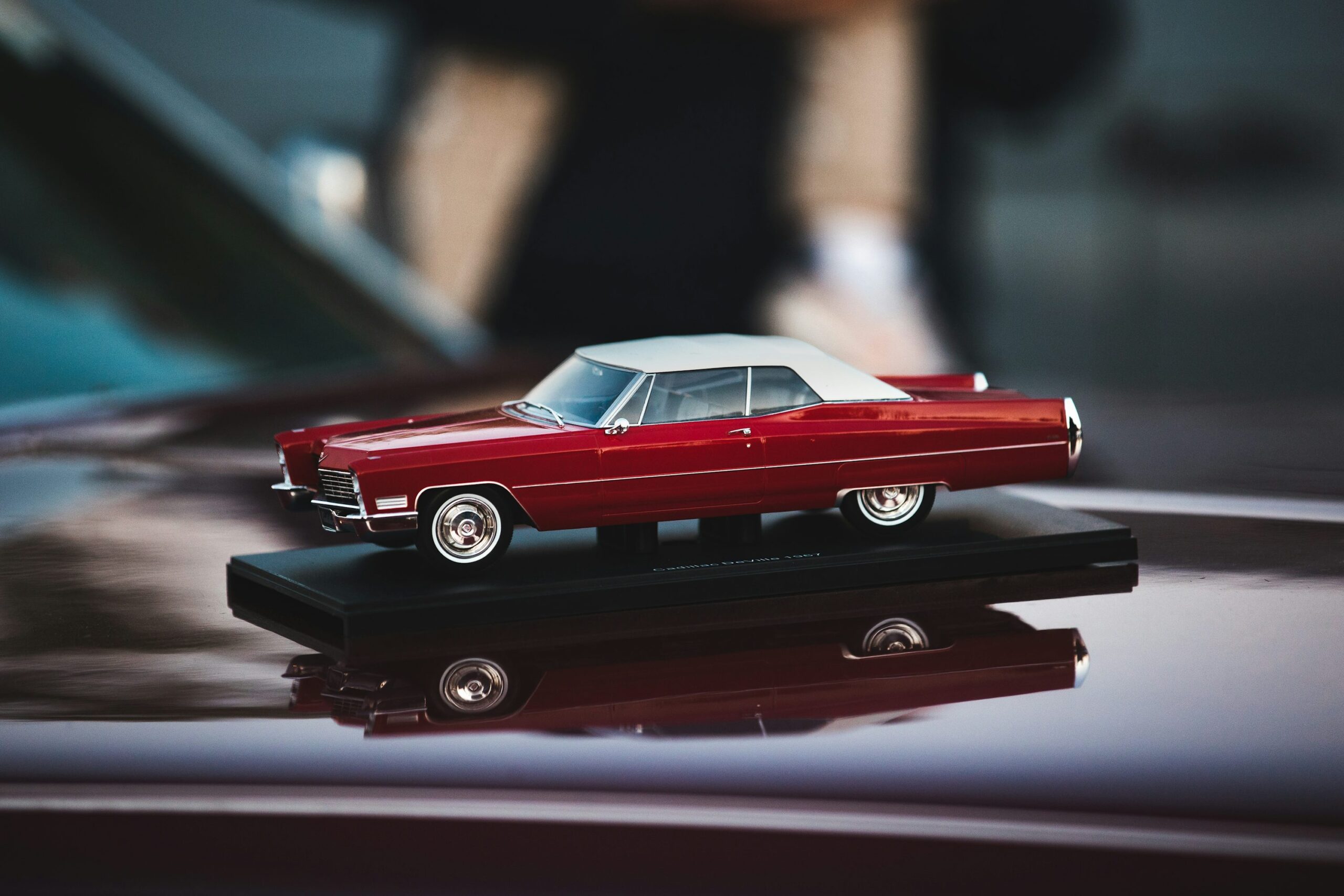
Even if you skip polish altogether, waxing should still be part of your car-care routine. Here’s why:
- Long-Term Protection
Wax creates a shield over your paint. That hydrophobic layer repels water, reduces staining, and protects against UV damage, which helps prevent fading. - Enhanced Shine
A good wax brings out the depth in your paint, restoring that glossy, showroom-like finish. It doesn’t just protect, it makes your car look richer. - Frequent Reapplication Is Okay
Unlike polish, wax doesn’t remove material. So you can reapply it more regularly, typically every 2–3 months, depending on the type (paste, liquid, or spray). - Versatility
There are many wax formulations: natural (like carnauba) for a warm glow, or synthetic (polymer) waxes for longer-lasting protection.
Even for daily drivers, waxing is a low-effort, high-reward step that adds significant value to your car’s appearance and durability.
The Smart Way: Polish First, Then Wax
If you’re serious about both correcting and protecting, the best strategy is a two-step routine: polish first, then wax. Here’s a real-world, step-by-step process you might follow:
- Wash Thoroughly
Start with a clean car to avoid buffing dirt into your paint. - Decontaminate (Optional but Helpful)
Use a clay bar or iron remover to eliminate embedded particles. - Apply Polish
Work in small sections using a polishing pad or a machine (or by hand), then buff out the polish properly. - Inspect the Surface
After polishing, wipe off any residue. Look under good light — do the swirls and blemishes still show? - Apply Wax
Pick a wax that suits your needs (liquid, paste, or spray), apply it in a thin, even layer, let it haze (if required), and buff it off with a microfiber cloth. - Maintain
Re-wax every few months or as needed to maintain protection and shine.
This polish-then-wax method gives you both correction and longevity, and it can be done within a weekend.
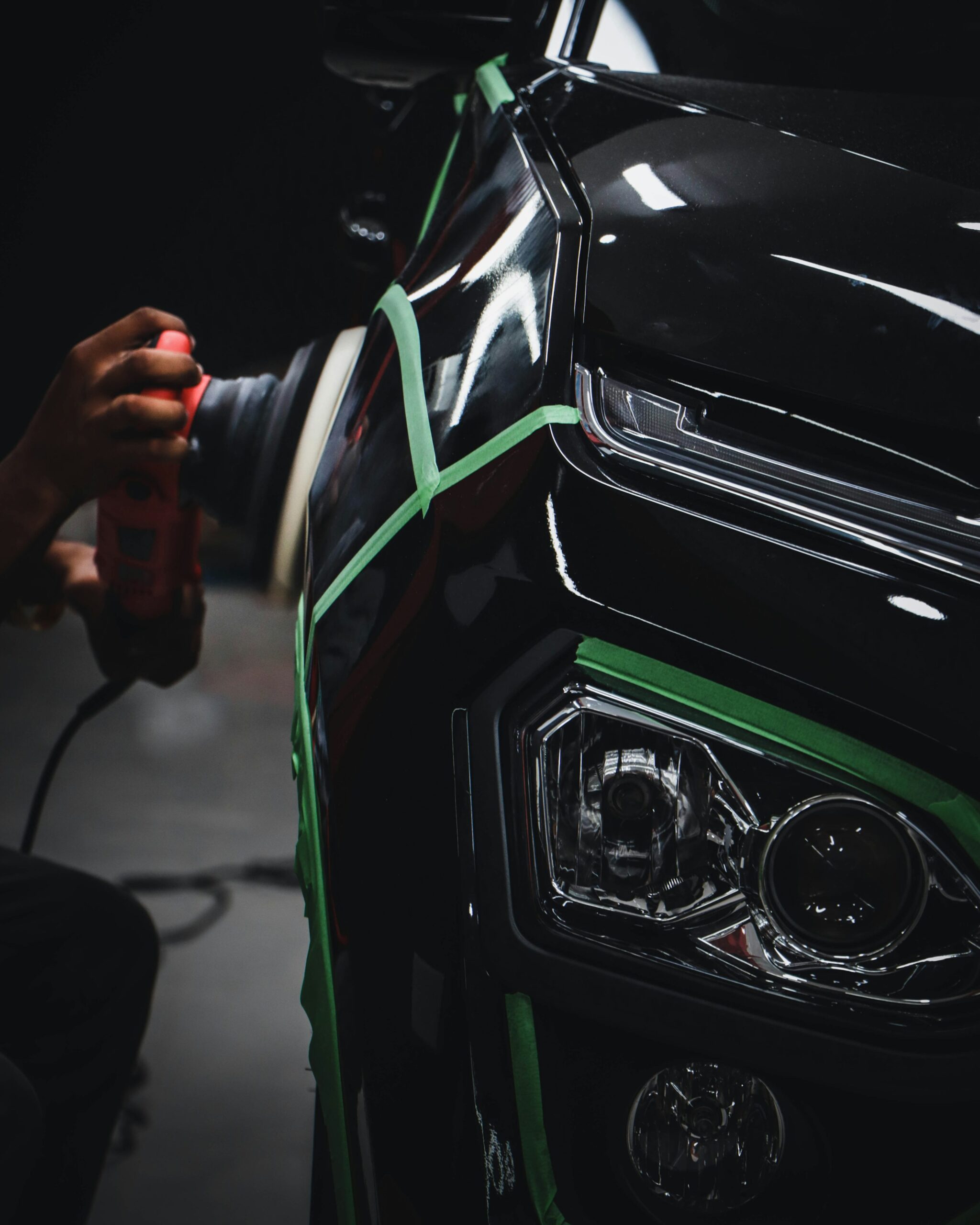
READ ALSO: 10 Best Car Vacuums for 2025/2026: The Ultimate Guide to Keeping Your Car Spotless
Modern Alternatives: What About Sealants & Ceramic Coatings?
Polishing and waxing aren’t your only options anymore. Newer technologies offer compelling alternatives:
- Synthetic Sealants: These last significantly longer than traditional wax. They form a strong polymer barrier that resists the elements far better than carnauba wax.
- Ceramic Coatings: These create a semi-permanent bond with your clear coat. Once professionally applied, they can last months or even years, offering superior protection with minimal maintenance.
- Hybrid Polishes + Sealants: If you want some degree of defect correction with long-lasting protection, these “combo” products might be the sweet spot.
For someone who doesn’t want to polish regularly, a ceramic coating can be life-changing, though it comes with a higher upfront cost.
Building a Long-Term Maintenance Strategy
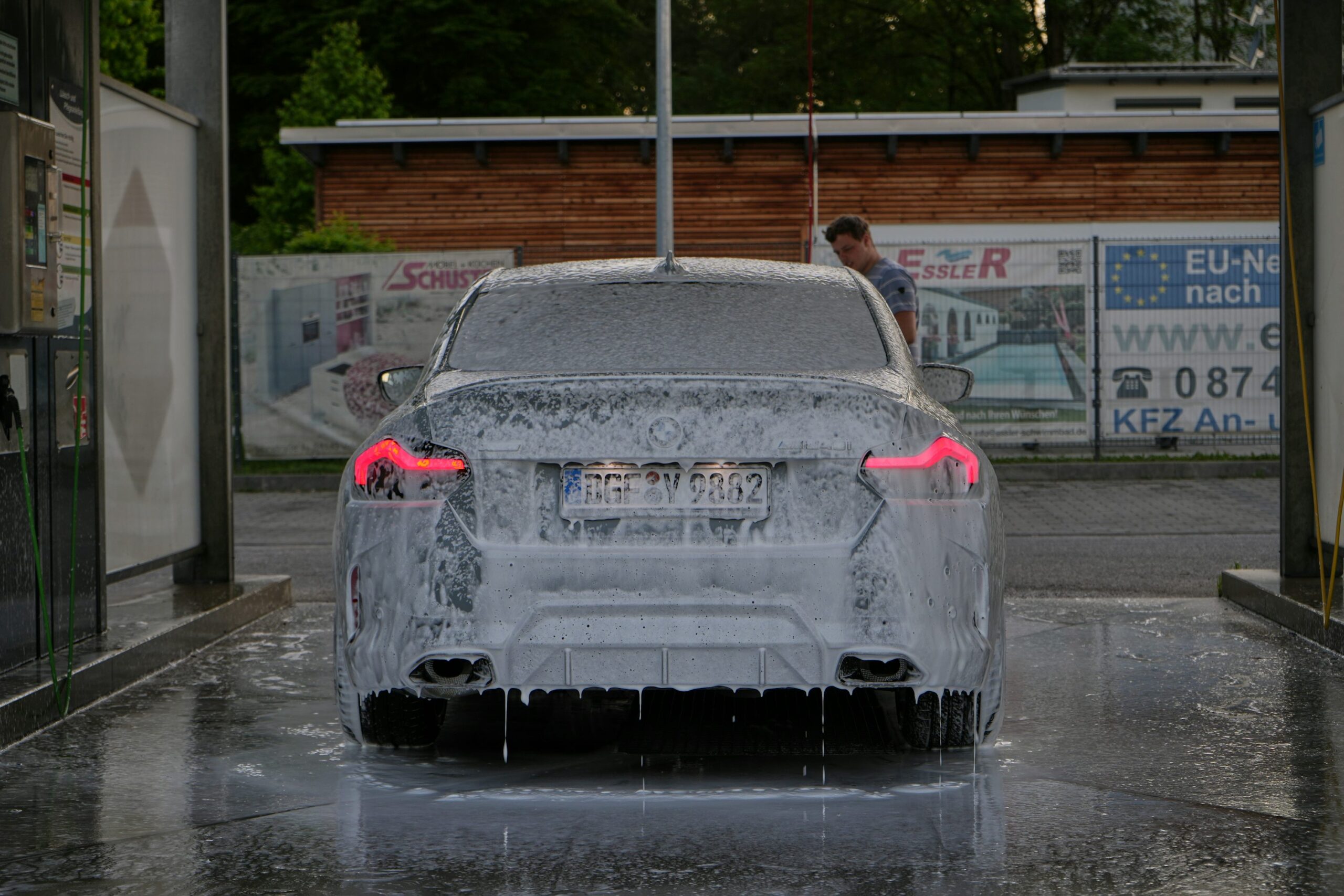
Here’s a realistic plan based on different driving styles:
- Everyday Commuter: Wax your car every 2–3 months to keep a reliable shield. Polish maybe once or twice a year — only if you notice swirl marks or dullness.
- Car Show / Enthusiast: Use polish for paint correction during seasonal detail sessions, then seal with wax or synthetic sealant.
- Older or Worn Paint: If your clear coat is thin or showing damage, go gentle on polishing. Use trusted products and possibly consider professional correction.
- Minimal Upkeep: Use a durable sealant or ceramic coating. Wax less often or skip it in favor of maintenance washes and detail sprays.
Common Myths and Mistakes
Let me clear up some confusion and caution you on a few common pitfalls because these really come up in the detailing world:
- Myth: “Polish every time I wax.”
That’s a bad idea. Over-polishing wears your clear coat. As one detailer pointed out on Reddit, you should only polish when there’s something to correct, not just because you’re waxing. - Mistake: Waxing a dirty or hot surface.
Wax bonds poorly if the surface isn’t clean or is too hot. This reduces protection or can make the wax streak. - Misconception: “Wax lasts forever.”
Nope. Most waxes wear off over time due to sun, rain, and regular driving. So reapplying is part of smart maintenance. - Risk: Polishing aggressively or too often.
That can thin your clear coat dangerously. Also, using harsh polish, a hard pad, and high speed is a recipe for trouble.
READ ALSO: The Best Car Phone Grips for Safe and Convenient Use in 2025: Grip Types, Safety Tips & Top Picks
Real Talk: Why This Is Important
Here’s a little anecdote from a friend of mine who’s big into weekend car care: He bought his first sports coupe and went all-in on polishing. At first, the paint looked incredible—mirror-smooth and deep. But a year later, after polishing way too often, tiny dull patches began to appear on the hood. He realized that every time he polished, he was taking off a bit of his clear coat. Now he waxes regularly and only polishes once a year. He’s learned that preservation is just as important as perfection.
Another driver I talk with, who uses his car daily in harsh winter conditions, swears by synthetic sealant. He waxes less often now, but his car still beads water beautifully and doesn’t feel like it’s “unprotected.”
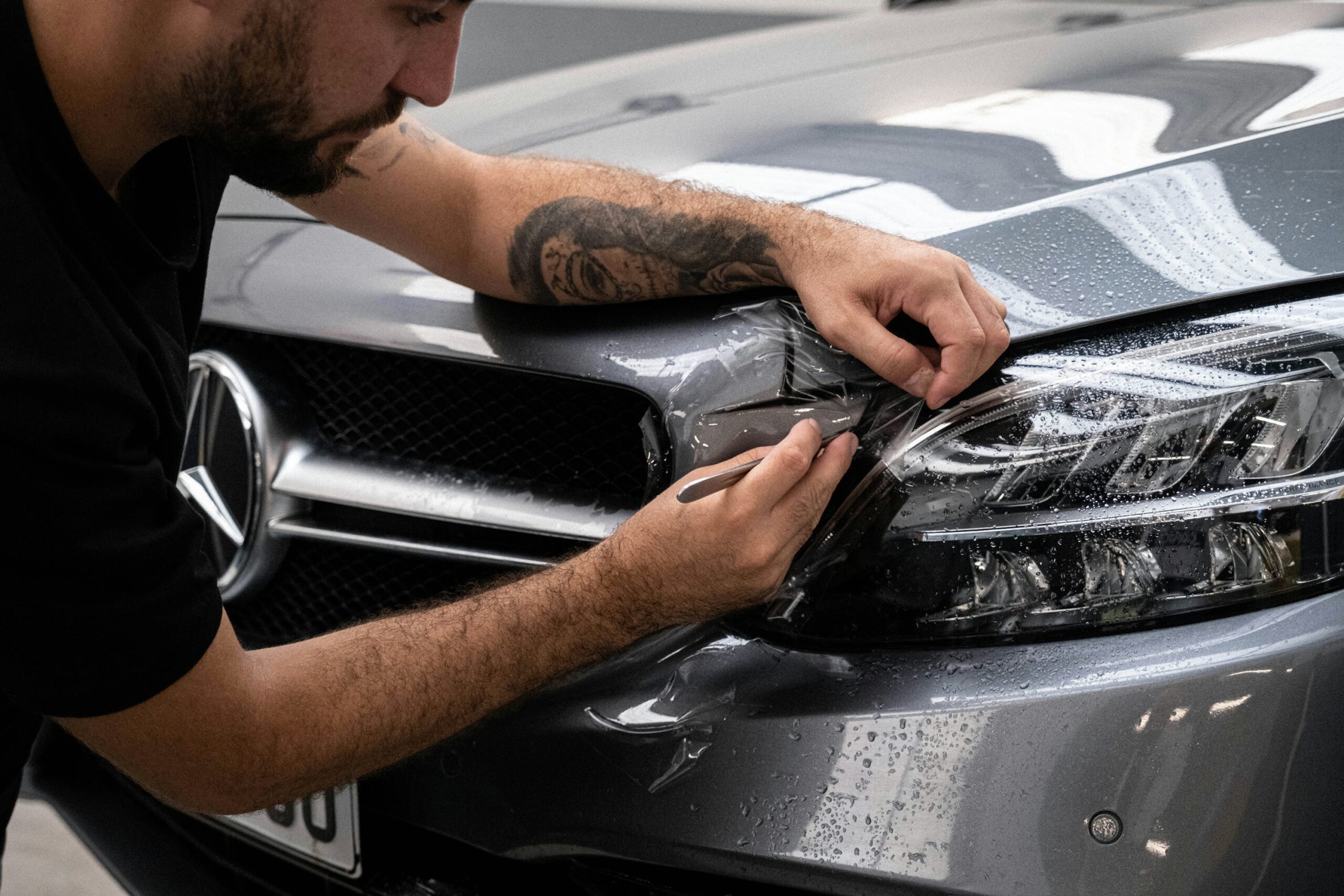
So, Should You Polish or Wax Your Car?
- If your paint is still in good shape and you don’t see many defects → wax regularly.
- If you’re noticing swirl marks, oxidation, or light scratches → polish first, then wax.
- Want a low-maintenance upgrade? Try a sealant or ceramic coating.
Polishing restores, waxing protects, and together, they keep your car looking great for the long haul. Just don’t overdo the polish, and don’t skip the wax. It’s a balance, not a battle.
If you’re still wondering whether to polish or wax your car, or what products to use, we’ve got you. Drop your questions below, tell us what you drive, how you wash it, and what your time looks like. we’ll help you choose a routine that’s realistic and effective.

